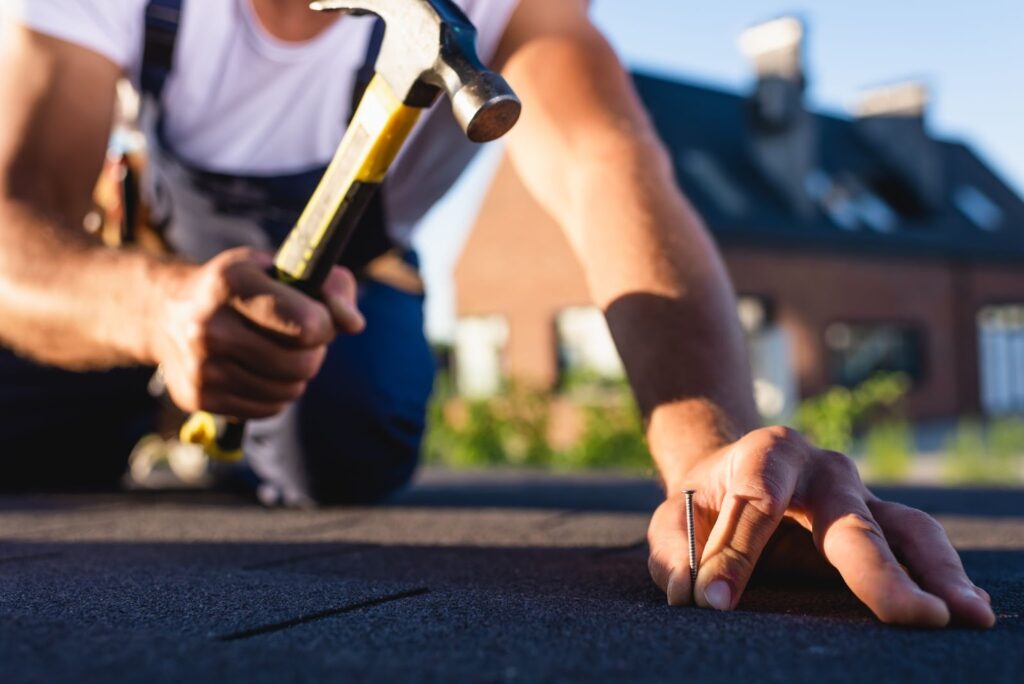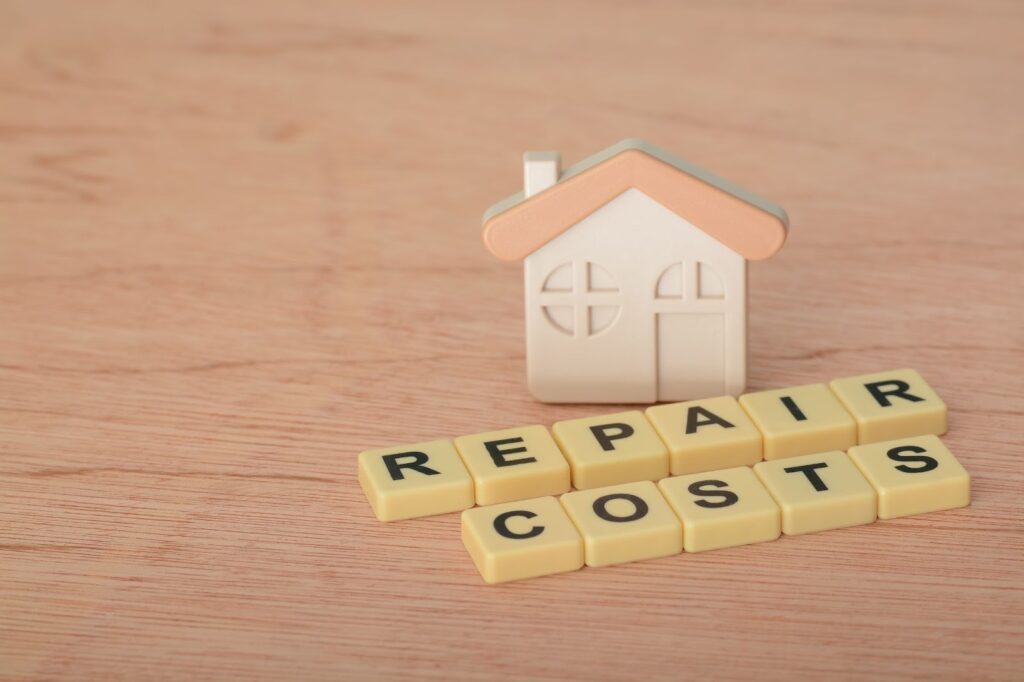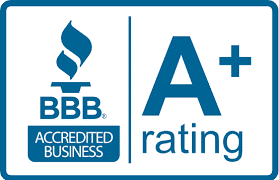The Step-By-Step Process of Professional Roof Shingle Repair
A home’s protection begins with the roof, yet shingles often go unnoticed until they show damage. Cracked or missing shingles can quickly compromise insulation and allow moisture to seep in. These minor problems soon escalate into expensive structural repairs that affect comfort and property value. Professional roof shingle repair provides an exact, structured method that restores strength, improves durability, and keeps every home safe for years. Understanding Roof Shingle Damage Roof shingles are constantly exposed to wind, rain, and sunlight, gradually weakening their protective surface. Understanding the sources of damage helps homeowners detect issues before they spread. Regular inspections and prompt repairs prevent long-term decay and costly roof replacements. Professional roofers use this understanding to plan the right repair strategy for each situation. Common Causes of Roof Shingle Damage Roof shingles deteriorate from environmental stress, poor installation, and age. Continuous exposure to sunlight causes the asphalt layer to dry out and crack. Wind can lift edges and create entry points for water. Rain and humidity lead to algae growth, softening and staining shingles over time. Similarly, improper ventilation traps heat in the attic, accelerating wear from the inside out. Knowing these causes helps property owners anticipate damage and schedule timely repairs. Signs You Need Roof Shingle Repair Roof damage often starts small, but visible warning signs appear quickly. Curling or buckling shingles indicates trapped moisture beneath the surface. Missing or loose shingles expose the underlayment, leading to leaks and wood rot. Granules in gutters suggest that the protective surface is wearing away. Discoloration or sagging sections signal potential water damage in the roof deck. Identifying these signs early gives homeowners a head start before more extensive damage develops. How Shingle Type Affects Wear Each roofing material responds differently to weather exposure. Asphalt shingles are affordable but lose flexibility after years of sun exposure. Wood shakes look natural, but absorb moisture if not properly sealed. Metal shingles resist wind yet loosen at joints when fasteners corrode. Slate or tile shingles last longer but may crack from heavy debris impact. Understanding these variations helps roofers recommend materials suited to the local climate and budget. Preparing for Roof Shingle Repair Preparation determines the quality and safety of every roof repair. Professionals plan each step carefully to avoid mistakes that might weaken the structure. Checking tools, materials, and weather conditions ensures a smooth process. Proper preparation helps roofers complete the repair efficiently and without unnecessary disruption. Safety First Safety is always the top concern in roof repair work. Roofers wear non-slip boots, gloves, and helmets to prevent injuries. Harnesses and ropes keep workers secure when handling steep or wet surfaces. They inspect ladders and ensure they rest on stable ground before climbing. Additionally, repairs are scheduled during dry, mild weather to avoid risks from wind or rain. Having a second person on site provides assistance and an extra layer of safety. Gathering Tools and Materials A well-equipped roofer works faster and avoids interruptions. Essential tools include pry bars, roofing hammers, utility knives, and sealant applicators. Replacement shingles must match the existing ones in color and size for a consistent finish. Roofing cement and waterproof sealant create strong, weatherproof bonds. Professionals also keep underlayment patches on hand to address minor deck issues during repairs. This readiness minimizes downtime and ensures lasting results. Checking Weather and Roof Conditions The weather directly affects the quality of roof shingle repairs. Rain, humidity, or extreme temperatures interfere with adhesives and materials. Professionals constantly review forecasts and choose conditions that support proper bonding. They also inspect roof slopes, flashing, and ventilation systems before work begins. This early assessment prevents wasted effort and ensures the repair protects against future weather challenges. Step-By-Step Roof Shingle Repair Process Professional roof shingle repair follows a systematic, detailed process that restores strength and appearance. Each phase builds on the previous one to create a durable, watertight finish. Roofers rely on tested methods and precision to ensure no detail is overlooked. The final result is a smooth, cohesive surface that withstands future weather conditions. Step 1: Inspecting the Roof Surface The process begins with a complete roof inspection to identify all problem areas. Roofers check for curled, cracked, or missing shingles that indicate deeper wear. They also examine flashing, ridge caps, and joints where leaks often form. Moisture meters help detect hidden dampness beneath the surface. Additionally, professionals look for soft or spongy decking that may require reinforcement. This thorough evaluation forms the basis of an accurate and efficient repair plan. Step 2: Removing Damaged Shingles Damaged shingles must be removed without harming the surrounding ones. Roofers gently lift the overlapping tabs to expose the nails securing each shingle. Using a pry bar, they carefully pull the nails and slide out the damaged piece. They clean away leftover sealant or debris to ensure a flat working surface. This careful removal prevents cracks or tearing in nearby shingles. It also ensures that the new shingles fit snugly and look uniform. Step 3: Repairing the Roof Deck Beneath the shingles, the deck provides the structural foundation for the roof. Professionals check it for signs of rot, mold, or warping caused by leaks. If any sections feel soft or unstable, replace or reinforce them with new wood panels. This step guarantees a solid base for the new shingles. Additionally, roofers inspect the underlayment for tears and apply patches if necessary. A strong deck ensures the entire roof remains stable and long-lasting. Step 4: Installing New Shingles The new shingles are installed in precise alignment with the existing rows. Roofers secure them with roofing nails driven just below the tar line for a tight hold. They apply roofing cement beneath each tab to create a water-resistant seal. Every shingle must sit flush without gaps or raised edges that could catch wind. Matching color and texture helps blend the repaired area seamlessly. Careful placement gives the roof a uniform look and restores its complete protection. Step 5: Sealing and Final Touches The final phase focuses on securing and sealing the









